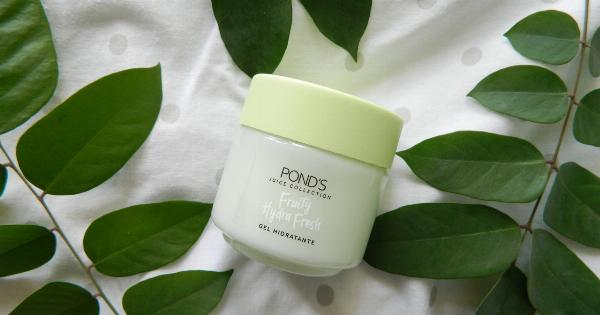As the quest for eternal youth continues, the market is flooded with a plethora of anti-aging products claiming to reverse the signs of aging and restore youthful appearance.
With so many options available, it can be tempting to mix and match these products in the hope of achieving faster and more effective results. However, this approach can have unintended consequences and potentially harm your skin.
The Science Behind Anti-Aging Products
Before delving into why mixing anti-aging products can be harmful, it’s essential to understand the science behind these products.
Anti-aging products typically contain a combination of ingredients such as retinol, hyaluronic acid, peptides, antioxidants, and alpha-hydroxy acids. Each ingredient works in a specific way to address common signs of aging such as wrinkles, fine lines, sagging skin, and age spots.
The Importance of a Consistent Skincare Routine
One key factor to consider when using anti-aging products is maintaining a consistent skincare routine. Your skin needs time to adapt to new products, and it’s crucial to give each product a fair chance to work.
By constantly changing the products you use, you disrupt this adaptation process and hinder the effectiveness of the treatment.
Interaction and Incompatibility
When you mix multiple anti-aging products, the risk of interaction and incompatibility increases significantly. Different products can contain ingredients that may not work well together or even cancel out each other’s effects.
For example, mixing a product with retinol and another with alpha-hydroxy acids can lead to skin irritation and sensitivity.
Overloading the Skin
Using multiple anti-aging products simultaneously can overload your skin with active ingredients. This excessive exposure can overwhelm and irritate your skin, leading to redness, dryness, and even breakouts.
It’s important to remember that more is not always better when it comes to skincare.
Unpredictable Results
When you mix anti-aging products, it becomes difficult to track their individual effects on your skin. This makes it challenging to identify which product is working well and which one might be causing adverse reactions.
By using one product at a time, you can better monitor its impact and adjust your skincare routine accordingly.
Avoiding Conflicting Claims
By using a single anti-aging product, you can assess its efficacy and determine if it aligns with the claims made by the manufacturer.
Mixing multiple products can result in conflicting claims, making it challenging to determine which product is delivering the promised results. To avoid confusion, it is recommended to stick to a single product or a specific skincare regimen.
Long-Term Damage to the Skin Barrier
Your skin has a protective barrier that shields it from external pollutants, bacteria, and moisture loss. The continual use of multiple anti-aging products may compromise this protective barrier, leaving your skin vulnerable to damage.
Disrupting the skin barrier can lead to dryness, increased sensitivity, and a host of other skincare concerns.
The Importance of Patch Testing
While patch testing is generally advised for any new skincare product, it becomes even more critical when considering mixing anti-aging products.
Patch testing involves applying a small amount of the product on a small area of your skin to assess its compatibility and potential for irritation. By patch testing each product individually, you can identify any adverse reactions before applying them to your entire face.
Consult a Dermatologist
If you are unsure about which anti-aging products are suitable for your skin or if you want to incorporate multiple products into your skincare routine, it is always recommended to consult a dermatologist.
A dermatologist can assess your skin’s specific needs and provide personalized recommendations to ensure the optimal health and appearance of your skin.
In Conclusion
While the allure of achieving youthful skin quickly may be tempting, it’s important to exercise caution when mixing anti-aging products.
By maintaining a consistent skincare routine, avoiding ingredient incompatibility, and consulting a dermatologist when needed, you can mitigate the potential harm mixing these products may cause. Ultimately, a thoughtful and targeted approach to skincare is necessary to achieve the best results while safeguarding the health of your skin.




























